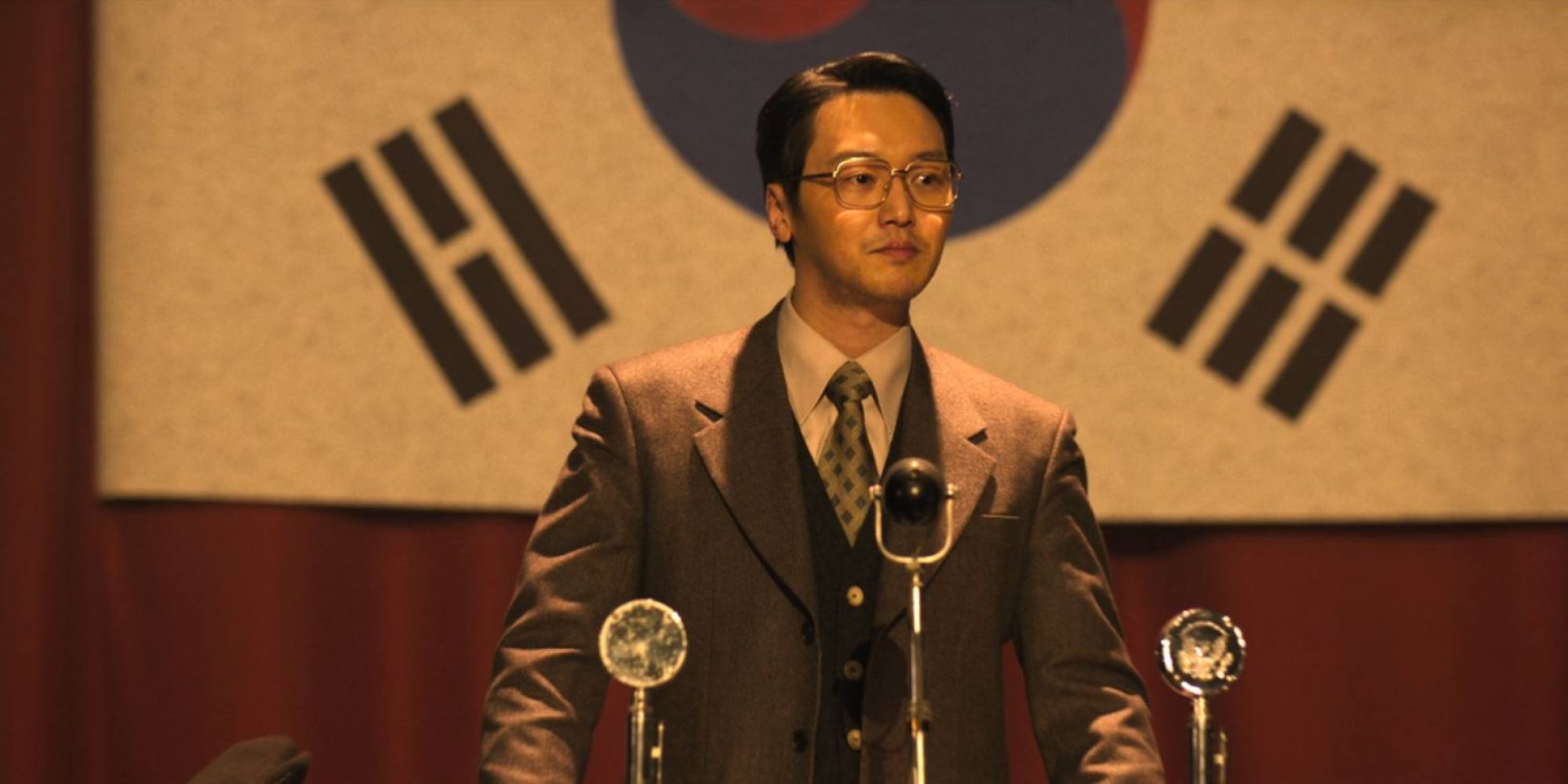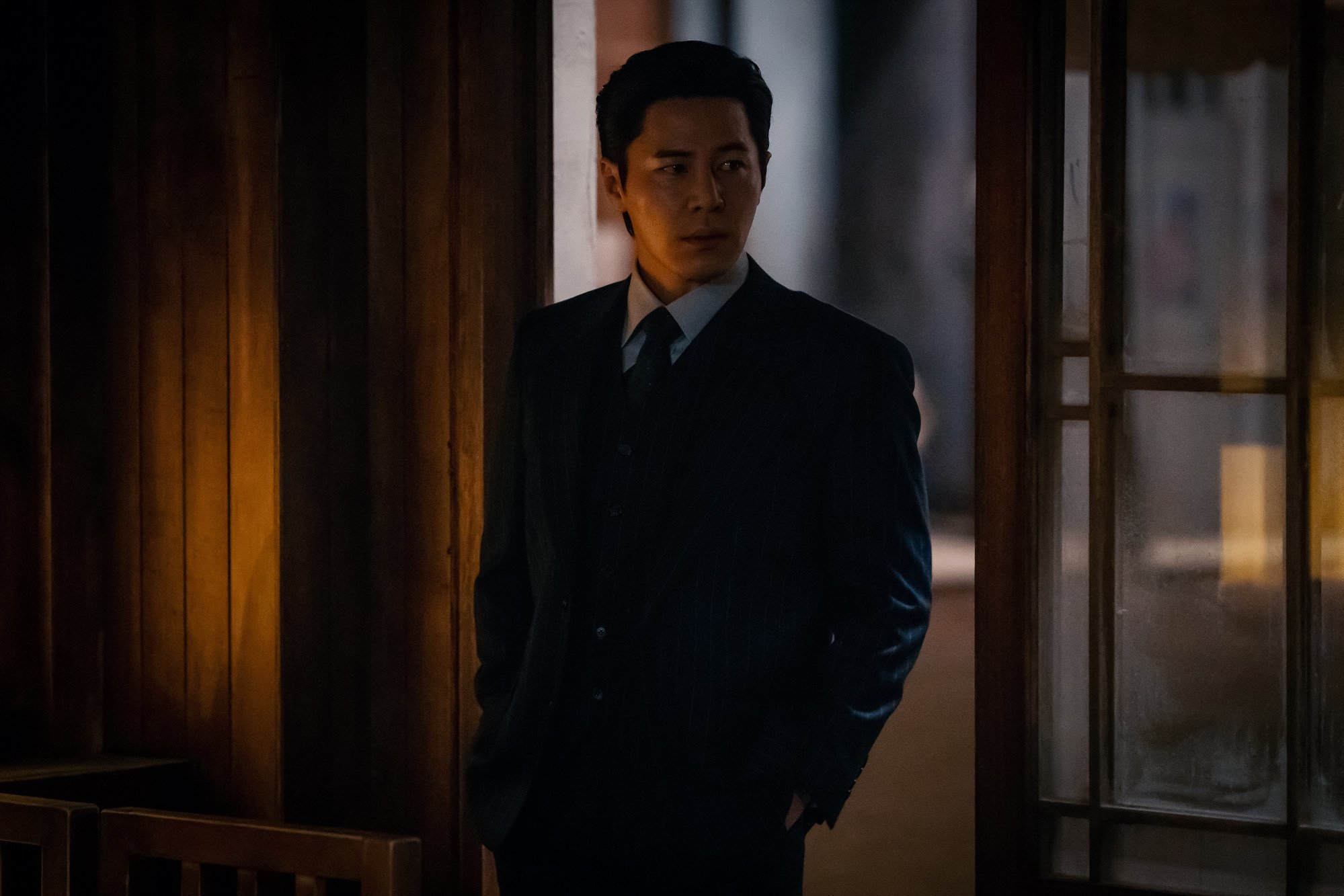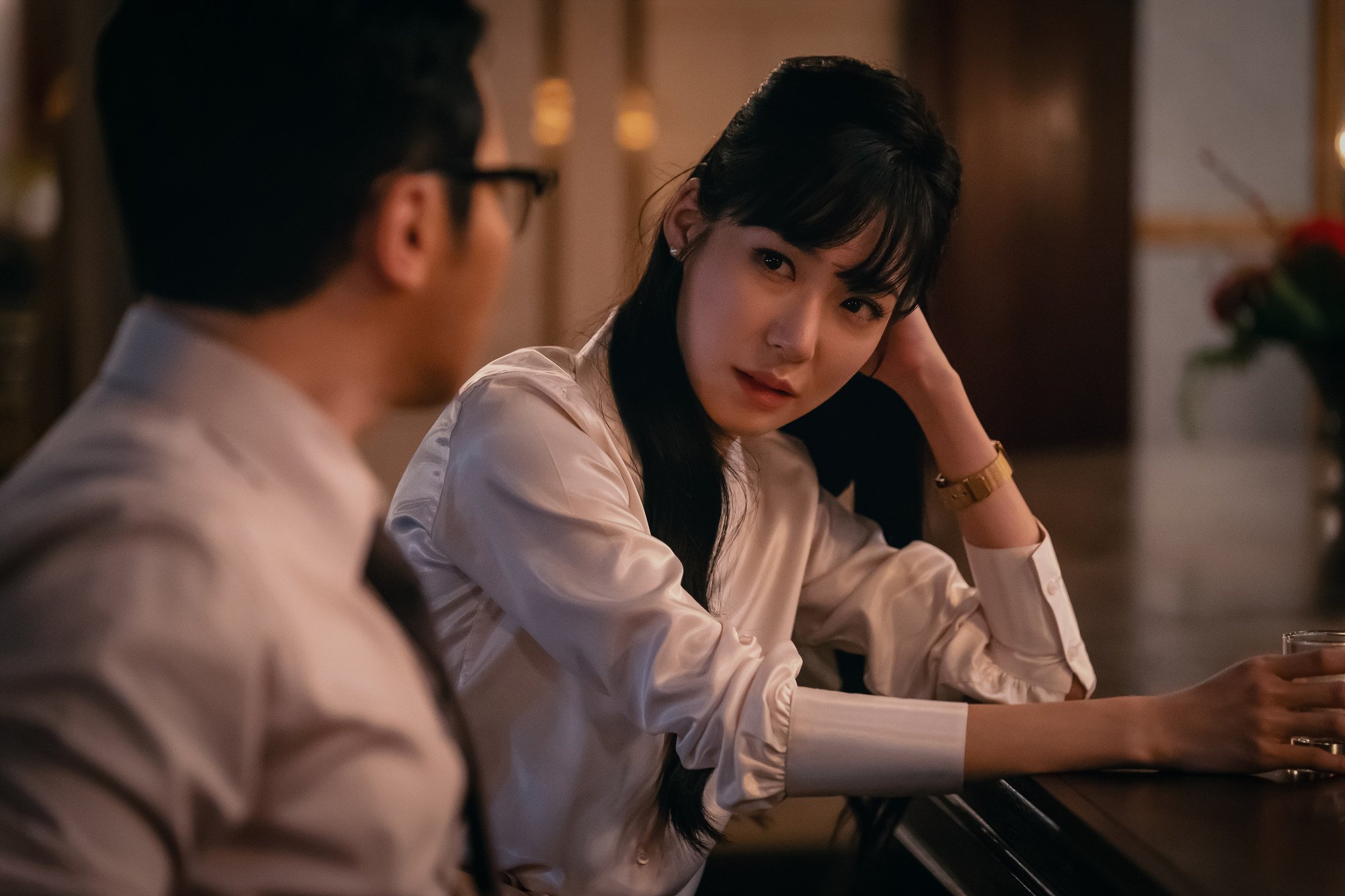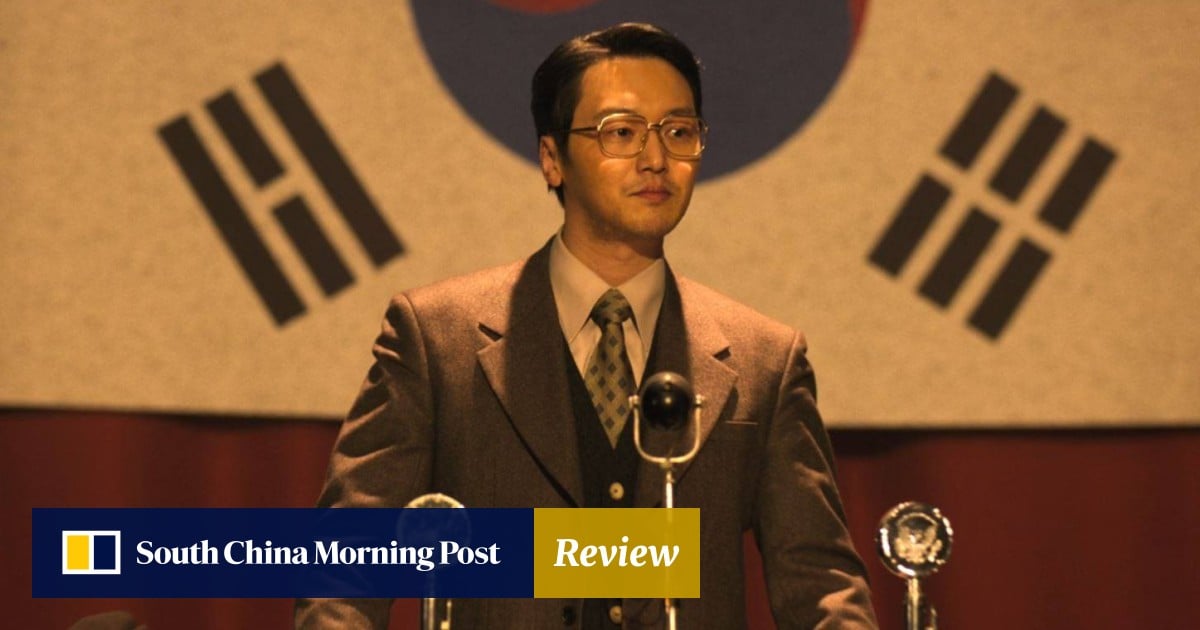On the other hand, the series’ mix of real historical events with fictional ones, and the density of the political machinations depicted, created an opaque narrative whose meaning was hard to fathom.
Part of the opacity came from the confusing jumble of coups d’état depicted.
The coup which swept General Park Chung-hee to power in South Korea occurred on May 16, 1961. Viewers who know their history would have been confused by the series’ middle episodes, which instead depict the main characters secretly preparing to stage a military coup in early 1960, before aborting their plans.
They are aborted because of an actual historical event – the student protests of April 19, 1960, during which government forces mowed down over 100 civilians who had taken to the streets to decry a rigged presidential election (also featured in the show).

Following this, the plotters revive their fictional coup preparations, and plan to seize power on May 16, exactly one year before South Korea’s actual 1961 coup.
A coup does indeed take place, but it is not the one we expect; the group of plotters has splintered, and the faction that orchestrates the military takeover has secretly sided with a different group.
These are the people who interrogate Uncle Samsik and Kim Sam in the flash-forwards that close each episode of the series.

Uncle Samsik dramatises several coups and coup attempts, as well as huge student protests, a rigged presidential election, political assassinations and a wealth of manoeuvring behind the scenes. The action takes place in a post-Korean war environment that has seldom been depicted on screen; even Korean viewers might struggle with the context.
Adding to the confusion about how many of the events depicted are real is the inclusion of both actual archival footage and newly shot footage made to look as if it is from old newsreels.
The coup-behind-the-coup was a surprise, but given that the same players were involved, the motivations for it were difficult to parse. It only really makes sense as an end point in the relationship between Samsik and San.
Since their coup has failed they appear doomed, but Samsik pulls strings one last time, not to save himself but San.

Early on, Samsik refers to himself as someone who makes the world go round. In the end he was wrong, but he is able to recognise that the world is changing and he is no longer the person to make it go round.
Samsuk is fiercely loyal to the bitter end – even to the political villain Kang Seong-min (Lee Kyu-hyung), for whom he takes a bullet but who cannot save from his inevitable fate. He uses the last of his political capital to make sure San can not only live on, but continue to operate in the new regime.
Samsik realises that it is now San who can make the world go round and he is going to have to do it without him.
If we strip away all the ideological intrigue and political wrangling, perhaps Uncle Samsik’s message is simply one about generational divides – about recognising when it is time to foster youth so they can lead us into the future, and knowing when it is time to let go.

In the show’s coda, set in 1968, San succeeds in unveiling a major national public works project that will create much-needed jobs and ensure Korea’s economic survival on the global stage, but he has also become a cog in the system.
He is no longer with the idealistic Choo Yeo-jin (Jin Ki-joo), who used to fire up his imagination but now dogs him with questions as a member of the press.
Instead, he hangs on the arm of the globalised industrialist Rachel Jeong (Tiffany Young of Girls’ Generations), an English-speaking social climber always decked out in the finest fashions.
Before he gets sucked too deep into the elite, can San find his own young political idealist to ensure Korea’s continued prosperity and to ensure Samsik’s ultimate sacrifice wasn’t in vain?
Uncle Samsik is streaming on Disney+.

